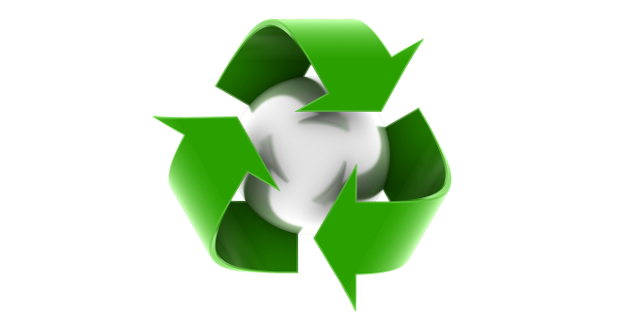
Evaluating sustainability in textile industry
Social and environmental concerns will soon play a greater role in public procurement. Although the aim is simple, the implementation may prove to be difficult.
Social and environmental concerns will soon play a greater role in public procurement. Although the aim is simple, the implementation may prove to be difficult.
Given the global supply chains within the textile industry, even experts face numerous challenges when evaluating the sustainability of uniforms and protective clothing. Due to its international nature and the sheer volume of third parties in the production chain, responsibility is increasingly placed on those releasing new textiles onto the market. Public procurement stipulates that clothing must be safe, produced in environmentally friendly production facilities and under decent working conditions.
Yet how can procurers gauge whether the supplier complies with these provisions? Thanks to public procurement regulation, the adherence to such sustainability requirements can now be determined from labels. Labelled textile products offer guidance and help consumers make responsible decisions when purchasing workwear. Yet when bombarded with hundreds of worldwide labels and certificates, selecting the right one is by no means an easy feat, so much so that the phrase “label labyrinth†was coined.
In pursuit of a suitable label, it makes sense to draw on those tried and tested designs. Since 1992 OEKO-TEX has been developing various solutions for environmentally friendly and socially responsible textiles. The guiding principles of OEKO-TEX are based on transparency, traceability, credibility and trust. Now available on the market, OEKO-TEX certificates and labels allow textile manufacturers to prove compliance with environmental and social regulations in their production chains. Whether it is the use of chemicals in production, the continuous improvement of the supplier’s working and production conditions or the safety of the final product – it can all be independently and credibly verified with the help of the various products developed by the OEKO-TEX Association.
With the label MADE IN GREEN by OEKO-TEX® , for example, procurers can even trace the production process of the finished garment. Through a bar code or the product ID on the label, the different stages of production can be viewed. On the website www.siegelklarheit.de, the German Ministry for Economic Cooperation and Development commends the transparency that the MADE IN GREEN label offers consumers, classifying it as a “very good optionâ€.




